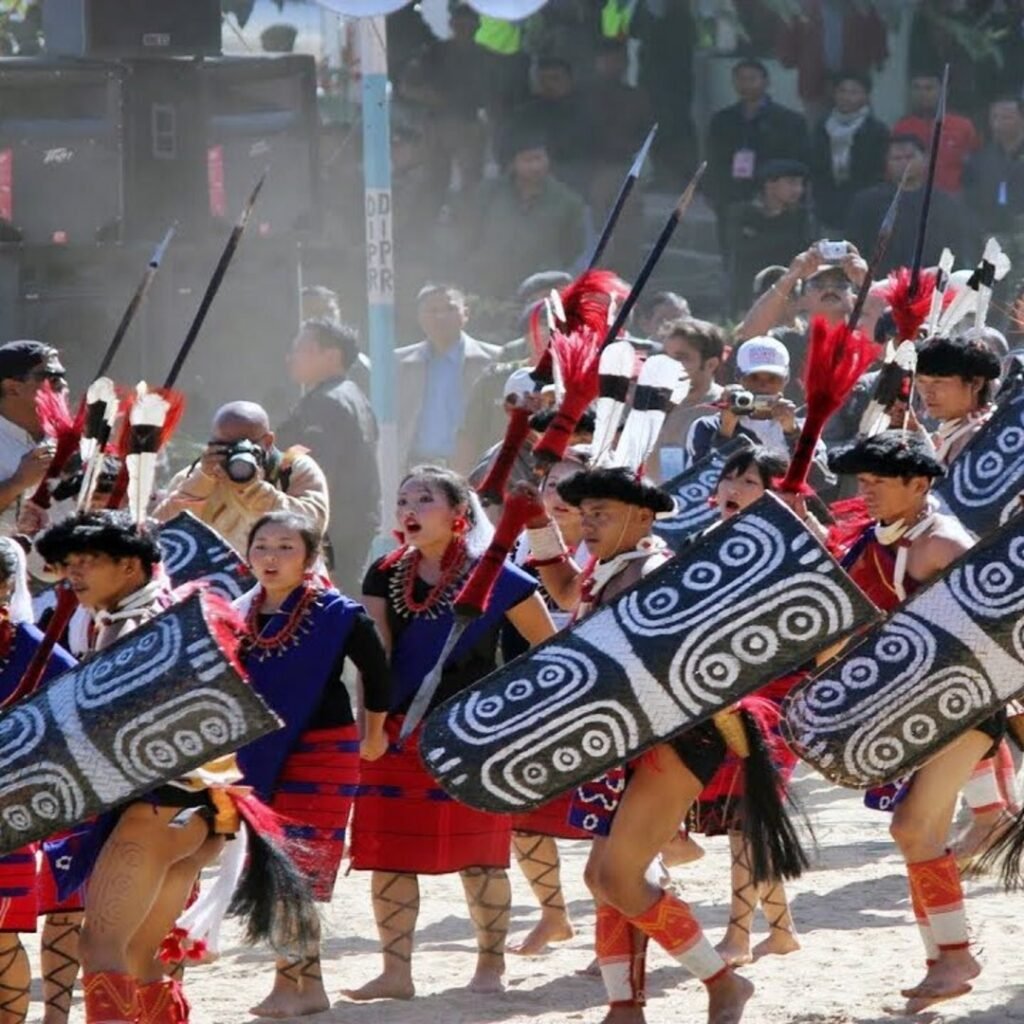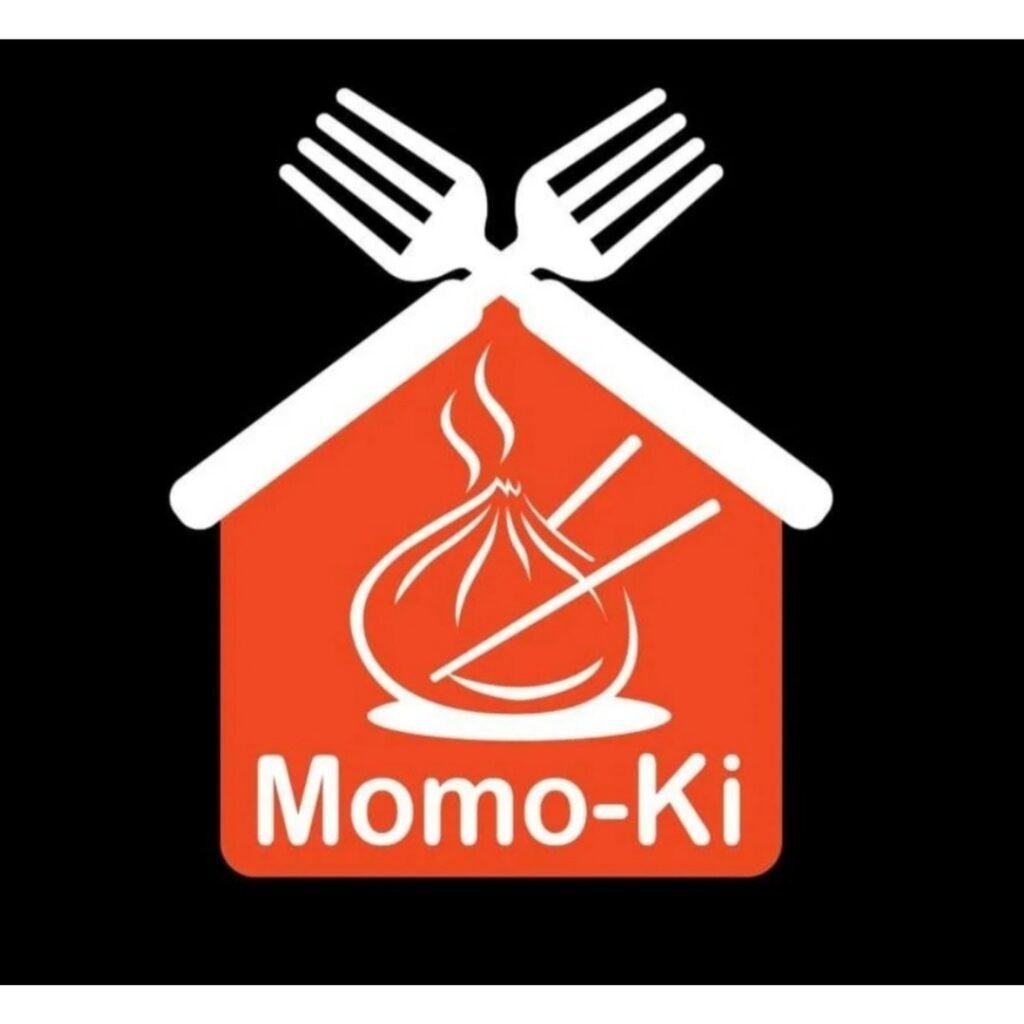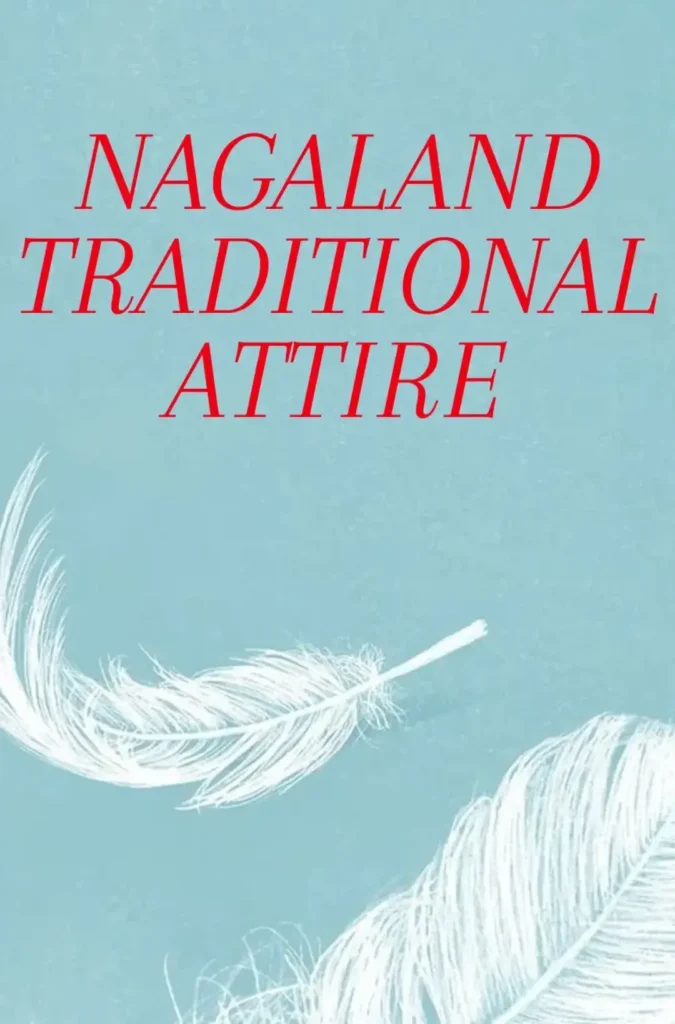Following the vibrant Moatsu spring festivity, the Ao Nagas embark on yet another celebratory journey known as Tsungremmong – the prelude to harvest. In the era of our forefathers, this jubilation marked the culmination of arduous planting and nurturing of paddy fields, accompanied by sacred offerings.
Each Ao village possesses its unique ceremonial flavor. Today, the old customs have gracefully evolved to suit the changing tides. Tsungremmong isn’t merely a festivity; it’s a unifying force. As the festival nears, every village symbolically shuts its Süngküm (village gate), regulating access for outsiders and fostering a sense of belonging.
A story passed down through oral tradition speaks of a man named “Merangshang” from times of yore. Like his contemporaries, Merangshang toiled diligently as a full-time agriculturist, tending to his fields. Adjacent to his domain thrived the crops of “Tsungremshang.” This neighbor yielded more abundant produce. Year after year, Merangshang cultivated a friendship with Tsungremshang. The latter shared a unique communion with the divine, purifying himself during cultivation and invoking blessings before harvest. Intrigued, Merangshang followed suit, leading to bountiful harvests for both. Merangshang disseminated this knowledge of appeasing the god Longditsungba (provider deity) for abundance, giving rise to a village-wide expression of gratitude through a festival – Tsungremmong, named after its initiator. This tradition extended its embrace to encompass the entire Ao Tribe. In the absence of a calendar, the blooming of white Songsaben blossoms beneath Chungliyimti signaled the festival’s arrival. Initially observed in Longsa Village on spotting the blooms, Tsungremmong radiated to other Ao settlements, earning the moniker Longsa-Mong. At its core, Tsungremmong consecrates the self and society in pursuit of divine blessings. In the contemporary context, it forges community, enriches social bonds, and fuels socio-cultural tourism.
Rich Traditions and Rhythms
As the festival unfolds, the vibrant tapestry of colorful traditional attire is donned by young and old alike. They sing, dance, and celebrate the supreme force that nurtures their bountiful crops. Offerings, bestowed with utmost devotion, enhance the blessings received. The intellectual prowess and physical agility of the youth shine as they take center stage. Amusing tales of elders are woven into performances, punctuated by exuberant jumps of greeting. The festivities often culminate in a spirited tug-of-war, a symbolic gesture where men, in a charming display, let women emerge victorious. The argument of uphill versus downhill tugging becomes secondary to the enchanting allure of women’s songs and presence. Witnessing or participating in these celebrations is a delight and an honor.
Timeless Echoes and Cherished Stories
The annals of history designate bygone days as the “Golden Age.” These memories persist through ancient folk tales, retold and reinterpreted through generations. Among the pages of various books, a snippet of the enduring tsungremmong festival endures.
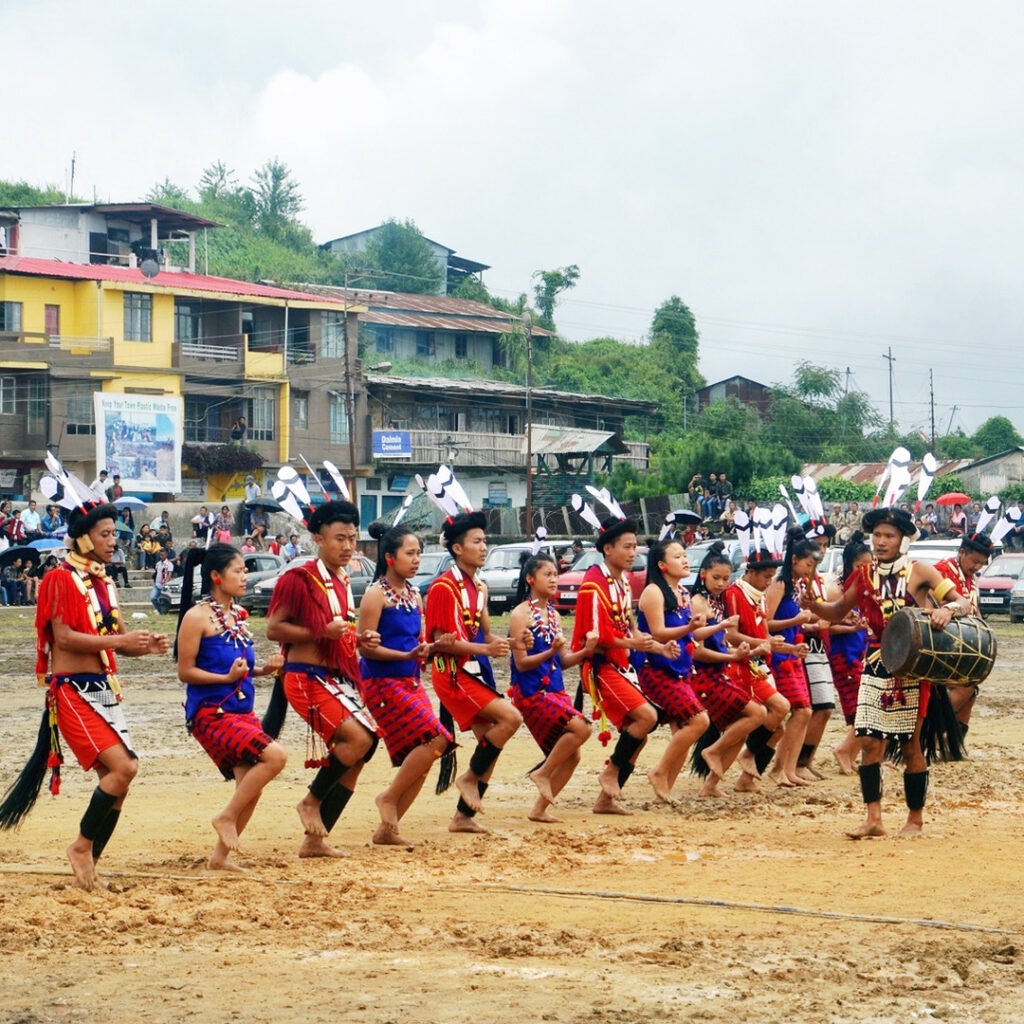
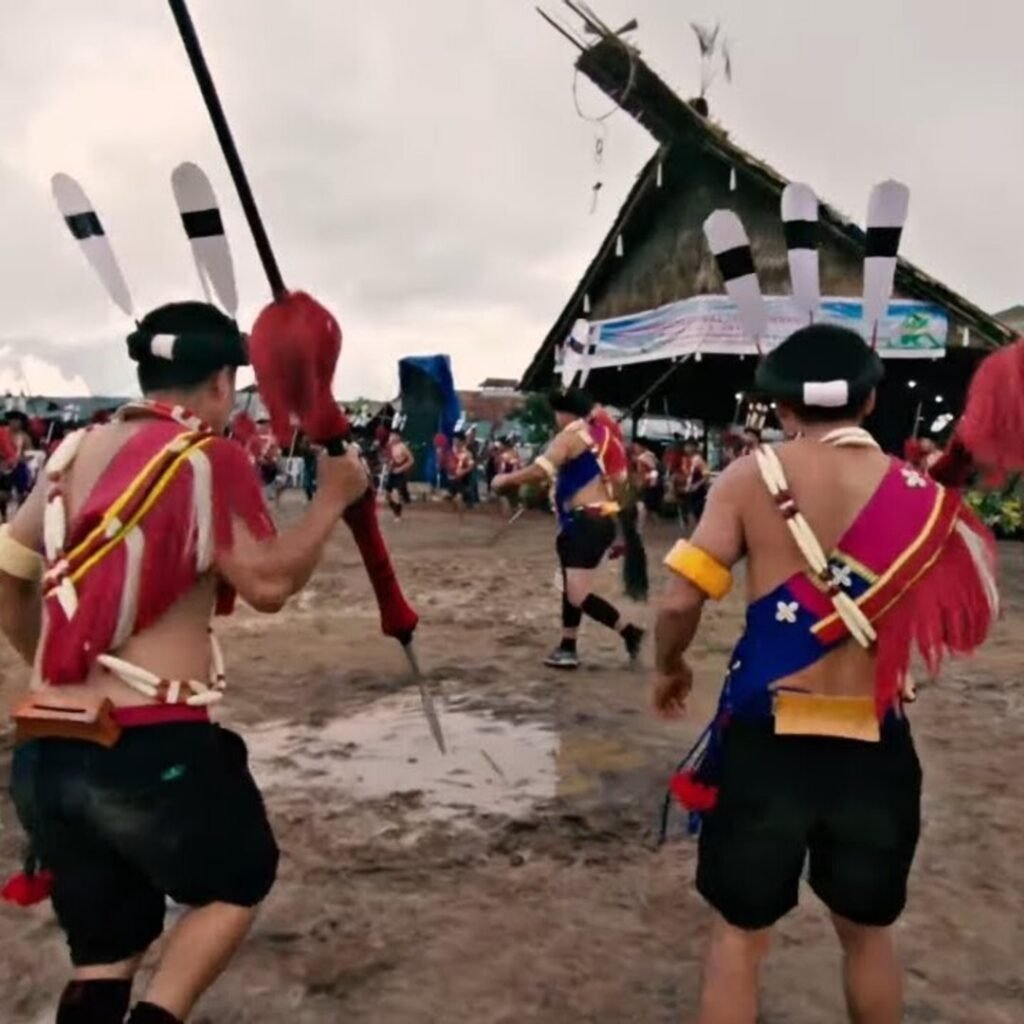
The choreography of Tsungremmong Festivities
In yesteryears, the Tsungremmong rite echoed across every Ao village as an annual tribute to Tsungrem (the Divine). This couple of days-long extravaganza unfolds in the initial days of August.
The inaugural day witnesses a ceremonial pig sacrifice outside the oldest dwelling. Meat portions are distributed to homes at each end of the village’s central thoroughfare. Lijaba, the Supreme Being omnipresent in Ao narratives, receives this offering – strategically placed to welcome him from any direction. Elders partake in the pig’s consumption. As night falls, families offer at the hearth, refraining from intimacy that night. The ensuing day imposes stringent customs – no one ventures beyond the village confines, and rice remains unhulled. Tops twirl and games ensue – sword bean seeds in the hands of women and girls, tops spun by men and boys. Twilight sees Bucks visiting girls’ dorms, and houses of young widows and divorcees. Hospitality is extended through drinks; refusal grants the men whimsical rights over doors and firewood. The following day maintains the rhythm but relaxes restrictions, allowing excursions to gather foliage. The third day is dedicated to cleansing baths, marked by the absence of visits to girls’ dwellings – the gods’ presence requires early slumber and stillness.
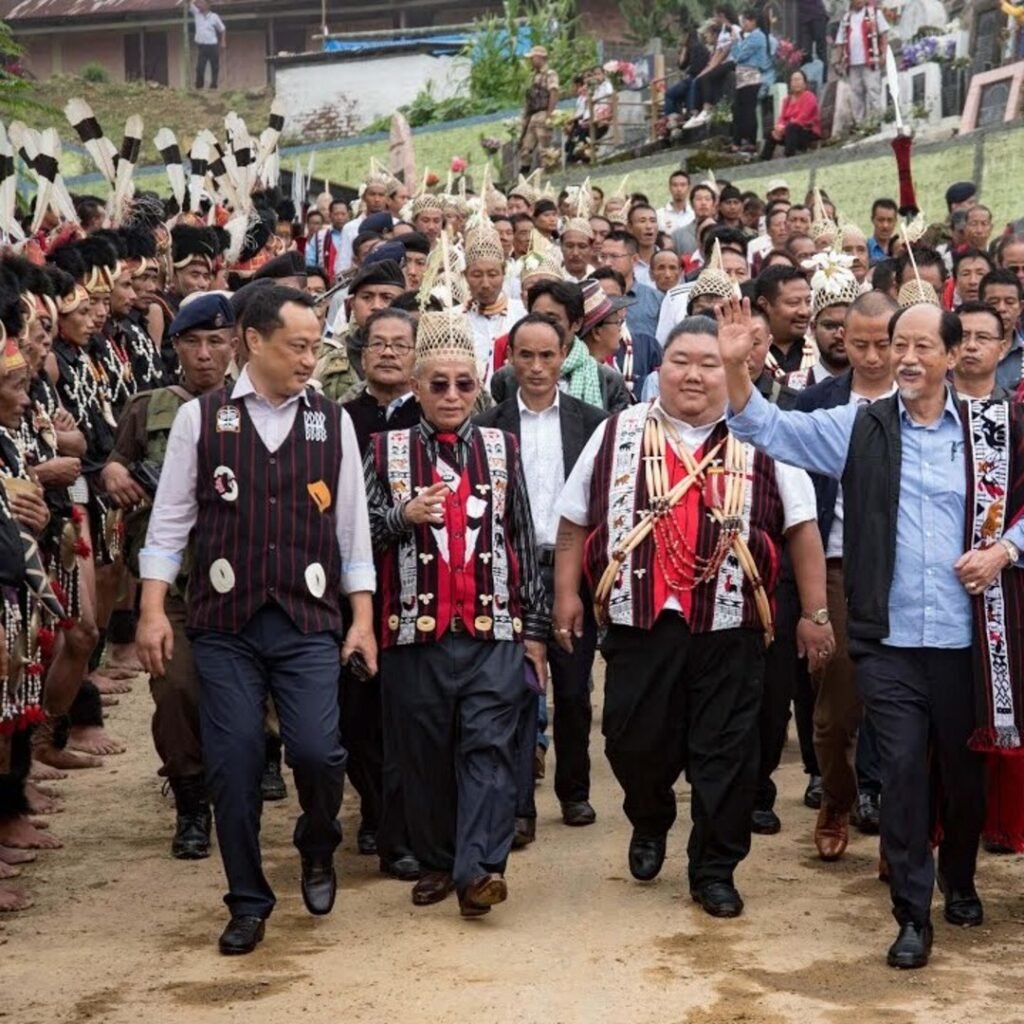
Similar to the Moatsu revelry, Tsungremmong celebrations share a foundation. Offerings and rituals vary, but a shift in times has seen some customs dwindle. Amidst the cultural riches and traditions of Nagaland, the land of festivals, a sense of irony emerges. While other nations embrace and celebrate their heritage, our treasure trove is sometimes overlooked. Folk songs and tales, woven into the very fabric of our existence, captivate hearts beyond borders, adding to the rich tapestry of global cultures.
